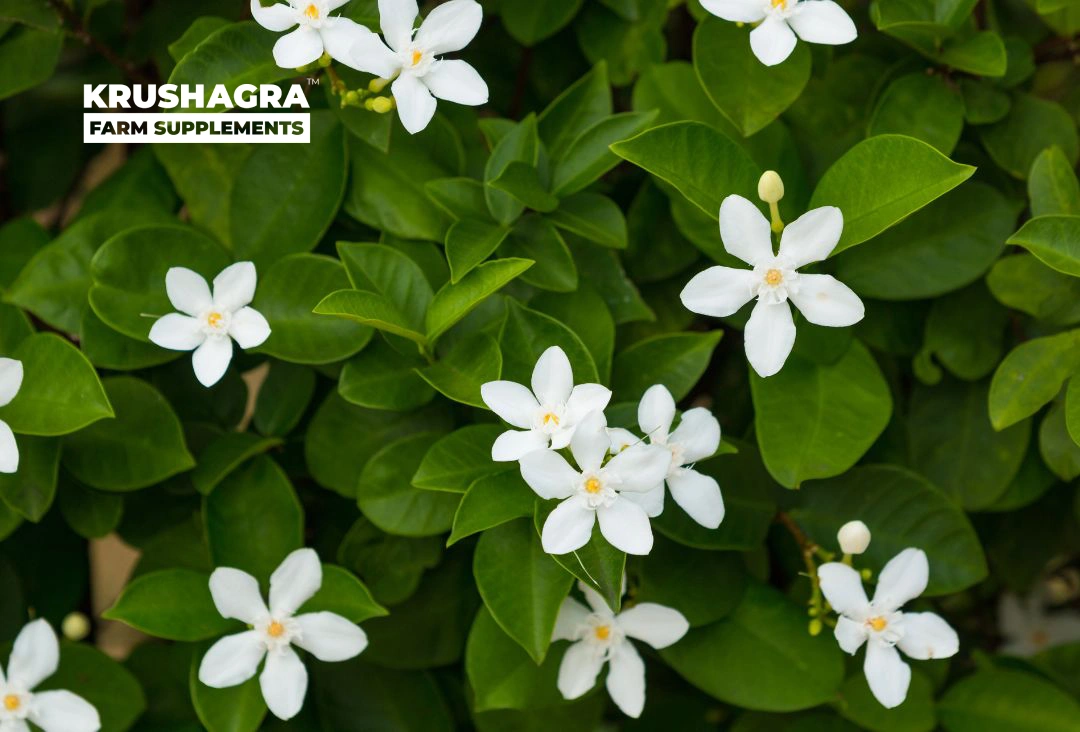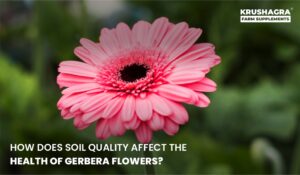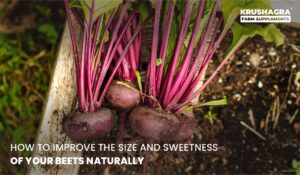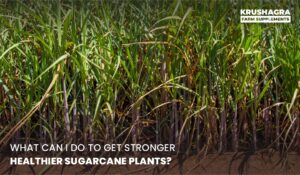Zinc is an important micronutrient essential for a healthy development of plants and maintain appropriate soil nutrition throughout their production. It helps in hormone production as well as nodule internode elongation of crops that includes flowering plants like rose, jasmine or mango. It influences the production of auxins which is a catalyst in plant growth and development, orchestrating cell division, elongation and differentiation, embryonic development, root and stem tropisms, apical dominance, and transition to flowering.
Carbohydrates, Proteins, and chlorophyll formation can be significantly by supplying soils with zinc elements. However, Plants cannot intake insoluble compounds like Zinc sulphide, Zinc oxide or Zinc Carbonate. It requires a more soluble form of zinc to improve its growth. What happens when a flowering plant is zinc deficient?
Symptoms of Zinc Deficiency
- There is yellowing on veins of new leaves due to absence of chlorophyll. This is termed as Chlorosis.
- The stem length decreases and internodes become short. It causes hindrance in a plant’s vertical growth. The flowering plants are inhibited, remain small, and develop slowly.
- Flowers don’t grow often or they die easily.
- The tips of leaves are discolored and
Causes of Zinc Deficiency
- Soil pH: Its a crucial factor in terms of zinc availability. With more soil pH, the availability of zinc decreases.
- Soil Temperature: Low soil temperatures can lead to an increase zinc deficiency as root growth and mineralization is reduced.
- Soil Texture: Coarse, sandy and peat soils with low zinc reserves and low organic matter are prone to zinc deficiency.
- Low Soil Mobility: Zinc is primarily taken up by the plant via diffusion and root interception. Limits to these mechanisms can lead to reduced uptake and zinc deficiency.
- Topsoil Conditions: Soils where topsoil is absent are more prone to zinc deficiency as these surfaces have high number of calcium carbonate and organic matter.
- Phosphorous Levels: High levels of phosphorous can reduce the availability of zinc.
- Previous Crops: Crops following non-mycorrhizal (brassica such as radishes and mustards) plants can experience reduced availability of zinc.
How to curb Zinc Deficiency in flowering plants : Krushagra ZNSB
ZNSB (Zinc Solubilizing Bacteria) fertilizer is a nutrient-rich fertilizer that helps in enhancing the flowering plant growth and increase soil fertility. It helps to improve the soil structure and its nutrition as well. Additionally, it helps improve foliage health and coloration. With regular use, ZNSB fertilizer can help gardeners achieve better results with their flowers.
Krushagra’s Zinc Solubilising Bacteria Biofertilizer synthesizes the complex compounds like Zinc sulphide, Zinc oxide, and Zinc carbonate into more soluble form of zinc. It can be applied directly to the soil or foliar spray for even coverage of nutrients throughout the plant’s leaves and stems.
With the help of Krushagra ZnSB, the resistance in young flowering plants will increase tremendously at cold temperatures and prevent any delay in their growth. The application of Zinc biofertilizer alsp improves the effect of weed control and eliminate the resulting stress. Moreover, it avoids the obstructed zinc absorption that happens with inoculation of phosphorous in soils.
ZnSB biofertilizers should be broadcasted and incorporated before planting of either corn or edible beans. Foliar applications of zinc have been consistently effective and considered as viable option in correcting deficiencies of this nutrient. However, this method should be used on trial basis.





